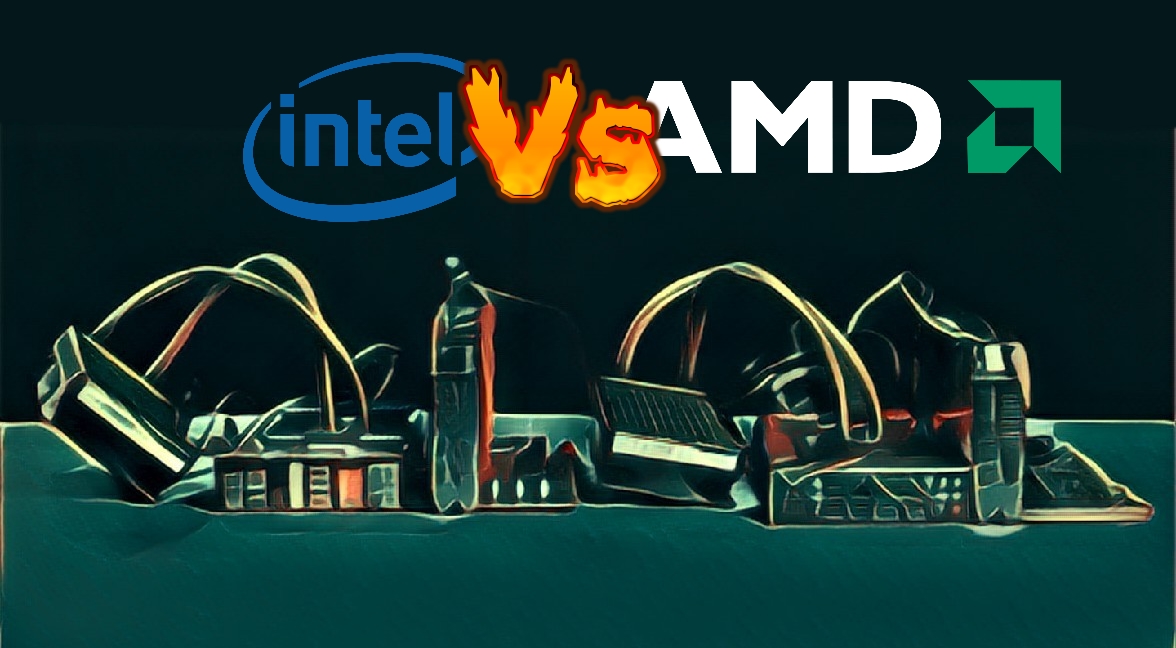AMD continues to put pressure on Intel by nearing 25% CPU market share
AMD's phoenix-like rise from the ashes isn't thanks to some miracle, but rather years of hard work to cement itself as serious competition against rival Intel in the CPU market once again. It seems like that's starting to pay off, with Hardware Times reporting on the latest Mercury Research results, finding that Team Red has gained revenue share for the sixth straight quarter.
Not only that, but this increase also resulted in the chipmaker hitting a milestone for x86 CPU market share, currently holding 24.6% in Q3 2021. This is the second-highest x86 share for AMD ever, just short of its highest share of 25.3% dating back to Q4 2006.
On top of its desktop success, AMD notebook x86 unit share (excluding IoT, or Internet of Things) was 22%, an all-time high for the company.
For the unaware, x86 is essentially the language that a CPU speaks, referring to a family of instruction set architectures based on the Intel 8086 that was released back in 1978. Most modern desktop CPUs are x86, and AMD Ryzen and EPYC processors have gained increased popularity over Intel alternatives in recent years thanks to their relatively affordable price compared to performance, which has helped increase the company's public opinion.
AMD’s Ryzen CPUs have been scarce over the last few months after a rapid rise in popularity and lack of available inventory. This was in part due to the ongoing silicon shortage, something that experts anticipate could be an issue into 2023, but these results prove that AMD has succeeded against all odds to claw some market share back from Intel even in a difficult market.
Analysis: Should you switch to AMD?

The next generation of Zen 4 Ryzen CPUs are expected towards the end of 2022, and given how favorably Zen 3 was received, it's likely that this could give AMD yet another boost, but that could be a while to wait for anyone looking to fully upgrade their system in the next few months. With the release of Intel's Alder Lake, DDR5 memory modules can finally be installed into systems after the correct motherboard has been purchased to match the new sockets.
This means that fans of Team Red won't be able to use the latest RAM technology for another year, which gives them a disadvantage. DDR4 is going to be relevant for a good few years yet (DDR3 is still found in some older desktops, and as they say, Rome wasn't built in a day), so unless you're especially keen to give DDR5 a try then sticking with an AMD build is still a good option, especially as all this new hardware doesn't come cheap.
Ultimately, the processor brand you choose is either going to be down to personal preference on optimizations, or whichever product best suits your budget and existing system, and it's worth looking into the current stock levels of any products you had your eye on as both AMD and Intel have had inventory issues in the last 18 months.
If you're unsure, you can check out our guide on AMD vs Intel to see which team you should be siding with, but remember - both companies have their respective pros and cons.
- Check out the best PC components for your rig
from TechRadar - All the latest technology news https://ift.tt/3q0SBEm
No comments